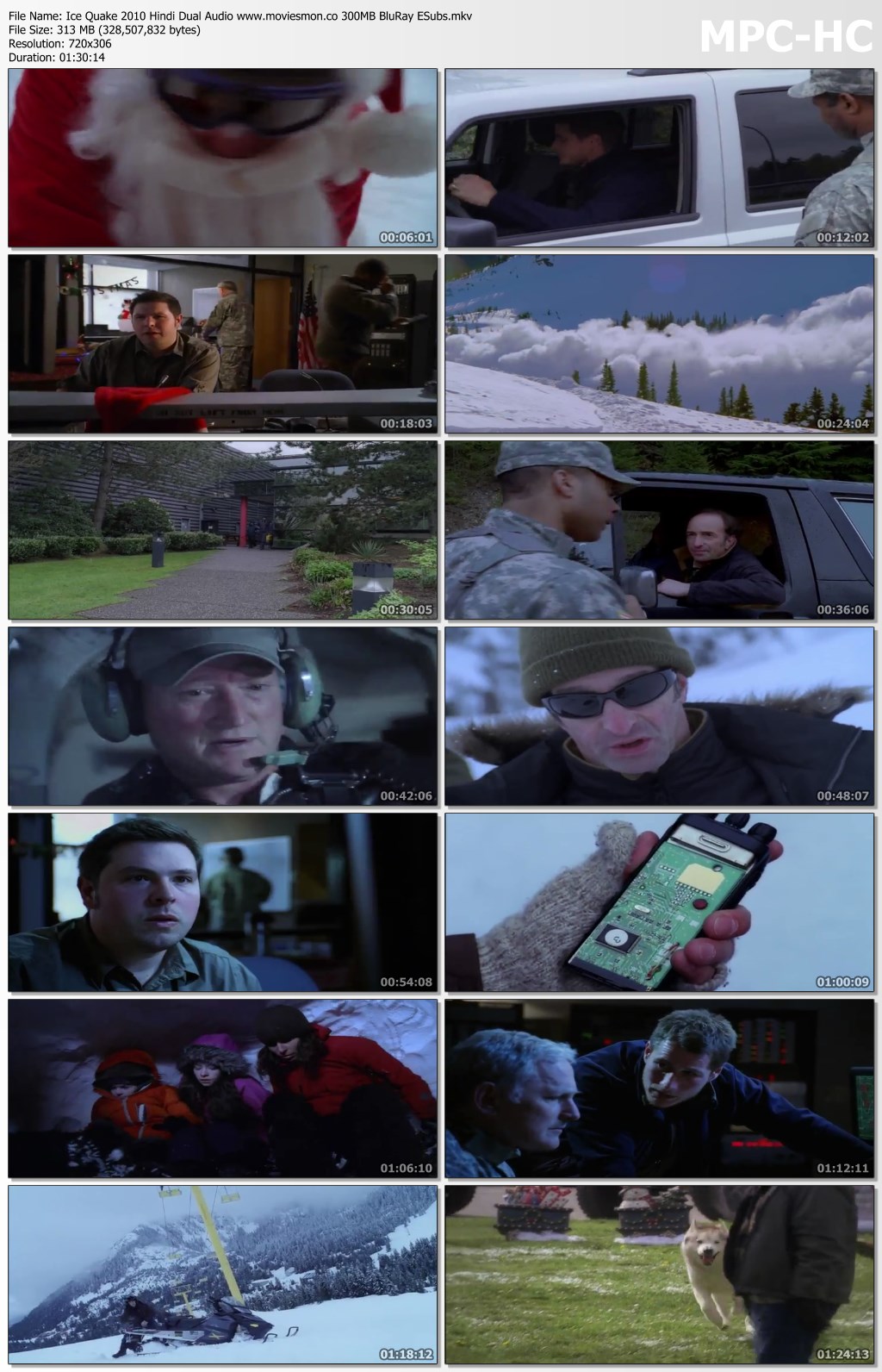

The Encyclopedia Brittanica, however, uses that same definition for both ice quakes and frost quakes.īoth are examples of a cryoseism-in which snow, ice, or rock suddenly cracks because of changes in stress, whether it be expansion or contraction.įurther complicating matters is the fact that scientists have known for years that melting glaciers have caused earthquakes in areas that are otherwise stable. It states that a frost quake occurs when very wet soil freezes quickly and expands, which then puts stress on the soil and causes it to fracture. Ice quakes may also be referred to as frost quakes, though the AGS makes a distinction between the two. Ice quakes are not the same as earthquakes, which are instead caused by the shifting movements of tectonic plates.

This causes cracks and ridges to form in the ice, which can produce seismic waves that may then be recorded by seismographs. Police Investigating Over 65 Deaths Since Triple Digit TemperaturesĪt that strength, neither quake was likely to have been strongly felt, if at all.Īn ice quake is a geological event in which ice expands during sudden warm periods and is unable to accommodate the change in volume, according to the Alberta Geological Survey (AGS).

Vancouver Records More Than 130 Deaths in Three Days Due To West Coast Heat.Hundreds Hospitalized as Historic Temperatures Roll Over Pacific Northwest.


 0 kommentar(er)
0 kommentar(er)
